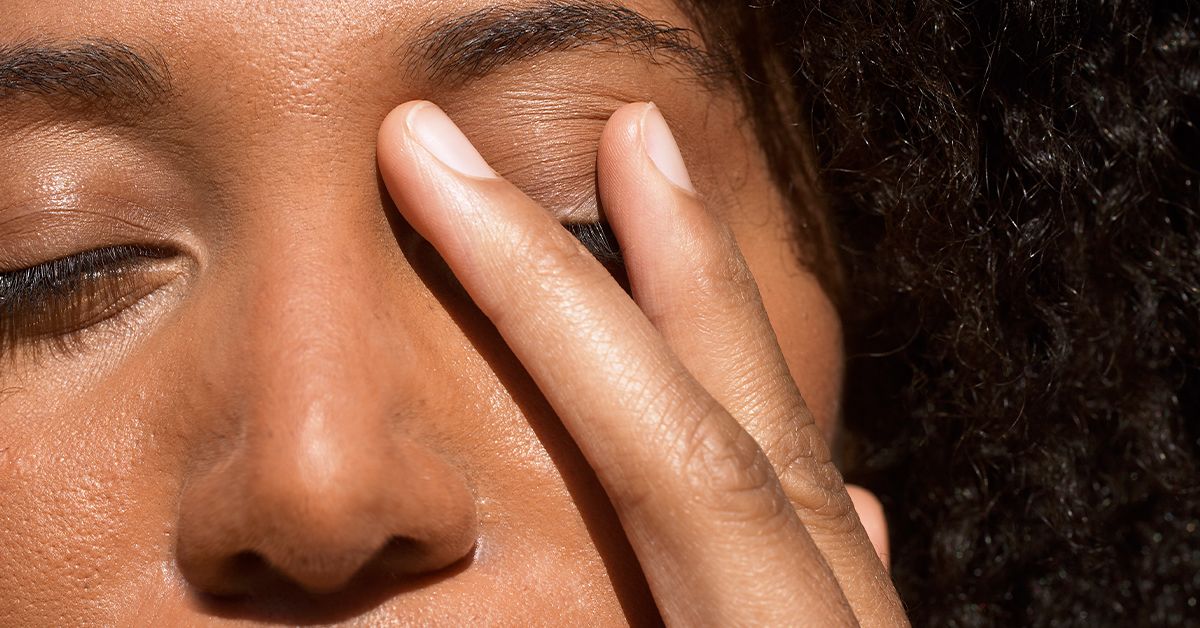All Categories
Featured
Table of Contents

The realm of vision modification is rapidly progressing, driven by groundbreaking technological developments that are reshaping how we deal with and regard eye health. From laser surgeries to cutting-edge eyeglasses, the options available today are not only more reliable however additionally accommodate the one-of-a-kind demands of each person. In this blog site, we will certainly explore exactly how technology is enhancing vision adjustment choices, bring about enhanced person results and satisfaction.
1. Laser Technology Innovations.
At the center of vision correction innovation are innovative laser procedures like LASIK and PRK. These techniques have been reinvented by the intro of femtosecond lasers, which produce specific and controlled cuts in the cornea, reducing pain and enhancing healing time.The latest advancements, such as topography-guided LASIK, enable for a tailored therapy plan that represents the one-of-a-kind curvature of a patient's cornea. This level of personalization not just increases the precision of the procedure yet additionally reduces the danger of difficulties, resulting in more clear vision post-surgery.
2. Smart Call Lenses.
The growth of wise get in touch with lenses represents a significant jump in vision improvement technology. These lenses can keep an eye on different wellness specifications, such as sugar levels in diabetics or intraocular pressure for glaucoma patients.By integrating sensing units into the lens style, producers are developing a product that surpasses vision modification, giving important health and wellness information in real-time. As research in this area proceeds, wise get in touch with lenses could possibly revolutionize just how we handle eye health and wellness and problems connected to vision.
3. Advanced Intraocular Lenses (IOLs)
For individuals undertaking cataract surgery or looking for services for presbyopia, progressed intraocular lenses have actually become a game-changer. Today's toric and multifocal IOLs are made to supply clear vision at numerous distances, minimizing dependancy on glasses for daily tasks.New modern technologies enable the modification of IOLs based upon aesthetic needs and private lifestyles. As an example, suiting IOLs can move their emphasis based upon the eye's setting, offering a much more all-natural aesthetic experience. These innovations guarantee that clients take pleasure in much better aesthetic end results after surgical treatment, enhancing their lifestyle.
4. Telemedicine and Remote Tracking.
The COVID-19 pandemic sped up the adoption of telemedicine, and this fad has actually prolonged into eye care. Clients can now seek advice from eye care specialists from the comfort of their homes, going over signs and symptoms and treatment alternatives without the requirement for in-person gos to.Remote monitoring tools that link to tablets or smartphones enable people to track their eye health and wellness and vision changes over time. This information can be shared with doctor, ensuring prompt interventions and personalized care strategies. The convenience and access of telemedicine are especially advantageous for individuals with mobility obstacles or those staying in backwoods.
5. Synthetic Intelligence in Eye Care.
Expert system (AI) is significantly coming to be an indispensable part of eye care. AI algorithms are made use of to analyze large collections of data, making it possible for very early detection of conditions like diabetic retinopathy and macular degeneration with retinal imaging.AI can help eye care professionals by highlighting abnormalities that may require further examination, boosting analysis precision and performance. By improving the analysis procedure, AI not only enhances individual care but likewise allows for more prompt treatment interventions.
6. Customized Glasses Solutions.
The increase of personalized glasses has changed how people come close to vision correction. Advanced 3D printing modern technologies enable the production of tailored frameworks and lenses customized to a client's unique facial structure and vision demands.In addition to visual benefits, individualized eyewear improves convenience and efficiency. People can currently select from numerous lens alternatives, consisting of blue light blocking, photochromic, and high-index lenses, guaranteeing they find the perfect remedy for their way of living and visual preferences.
Conclusion.
Modern technology is substantially transforming vision correction choices, resulting in much better outcomes and raised contentment for individuals. From innovative procedures and wise call lenses to telemedicine and AI-driven diagnostics, the future of eye treatment is encouraging. As these innovations continue to advance, people can anticipate a much more personalized and reliable method to vision improvement, inevitably enhancing their top quality of life. Embracing these advancements not just makes sure ideal eye health and wellness but also equips individuals to see the world with clarity and self-confidence.Table of Contents
Latest Posts
The Benefits of Consistent Vehicle Maintenance at Montclare Auto Repair Keeps Your Wallet Happy
Published May 22, 25
1 min read
Explore Trusted Auto Repair exclusively at Car-X – Get Back on the Road
Published May 21, 25
1 min read
Unlock WyHy Federal Credit Union – Financial Freedom for Your Goals
Published May 20, 25
1 min read
More
Latest Posts
The Benefits of Consistent Vehicle Maintenance at Montclare Auto Repair Keeps Your Wallet Happy
Published May 22, 25
1 min read
Explore Trusted Auto Repair exclusively at Car-X – Get Back on the Road
Published May 21, 25
1 min read
Unlock WyHy Federal Credit Union – Financial Freedom for Your Goals
Published May 20, 25
1 min read